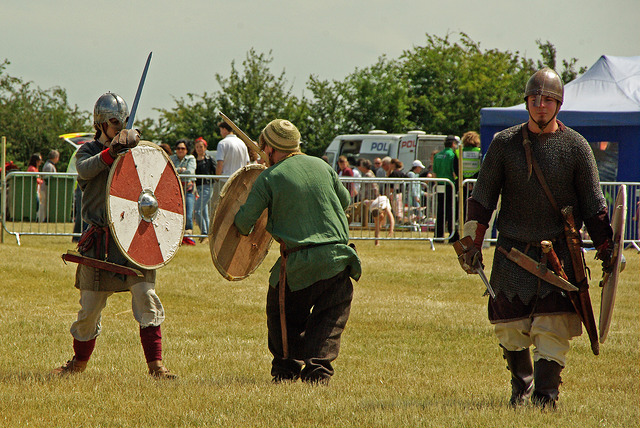
This post continues a discussion of interesting tidbits from The Vikings and Their Enemies – Warfare in Northern Europe, 750 -1100 by Philip Line. The book focuses on warfare, which is slightly off-point for this blog, so I’ll mention some of the highlights for me.
Previous discussions include:
Wrap up
The author concludes by pointing out that warfare was pretty much the same in 1100 compared to 750. Warfare throughout that timeframe would have been highlighted by a focus on raids, taking everything of value from the enemy territory, avoiding high risk set-piece battles, and operating with limited objectives.
One defensive reaction to the Viking raids was building a large number of fortifications across Europe.
The Viking technology advantage in ships gave them far higher mobility than their opponents and allowed them to plunder widely and gather lots of Danegeld, or payoffs.
Author points out that the Vikings had a mixed record when in battle.
In spite of the reports in the records, evidence suggests that the Vikings conducted themselves pretty much the same as their enemies. That is a repeated lesson I’ve learned in my reading: the reputation of Viking raiders was that of horrible brutes, but that seems to be a good description of all leaders and all armies across all the Medieval era.
Author closes by pointing out that marking the end of the Viking age with the battle at Stamford Bridge in 1066 is “a very Anglo centric view.”
He points out Danish armies attacked England in 1069 and 1075. Cnut IV was moving toward an invasion of England in 1085. Viking raids continued on the periphery in Ireland and Scotland into the early 1100s. By the mid 11th century (say, in the range of 1040s to 1070s) Europe was for the most part secure enough that raiding was no longer worthwhile.
The exact date for the end point of the “Viking Era” is fuzzy.